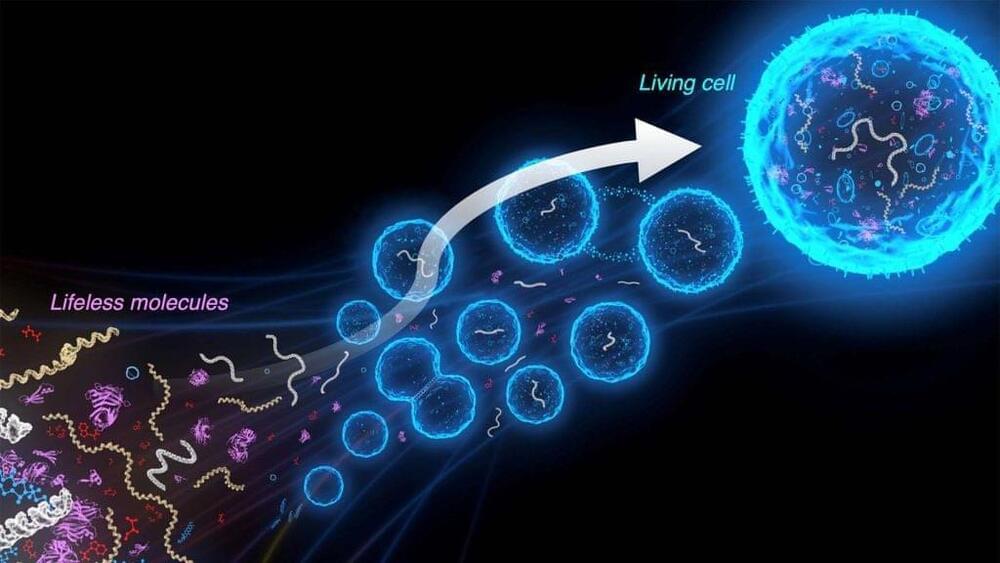A research team, led by Professor Hoon Eui Jeong from the Department of Mechanical Engineering at UNIST has introduced an innovative magnetic composite artificial muscle, showcasing an impressive ability to withstand loads comparable to those of automobiles. This material achieves a stiffness enhancement of more than 2,700 times compared to conventional systems. The study is published in Nature Communications.
Soft artificial muscles, which emulate the fluidity of human muscular motion, have emerged as vital technologies in various fields, including robotics, wearable devices, and biomedical applications. Their inherent flexibility allows for smoother operations; however, traditional materials typically exhibit limitations in rigidity, hindering their ability to lift substantial weights and maintain precise control due to unwanted vibrations.
To overcome these challenges, researchers have employed variable rigid materials that can transition between hard and soft states. Yet, the available range for stiffness modulation has remained constrained, along with inadequate mechanical performance.







